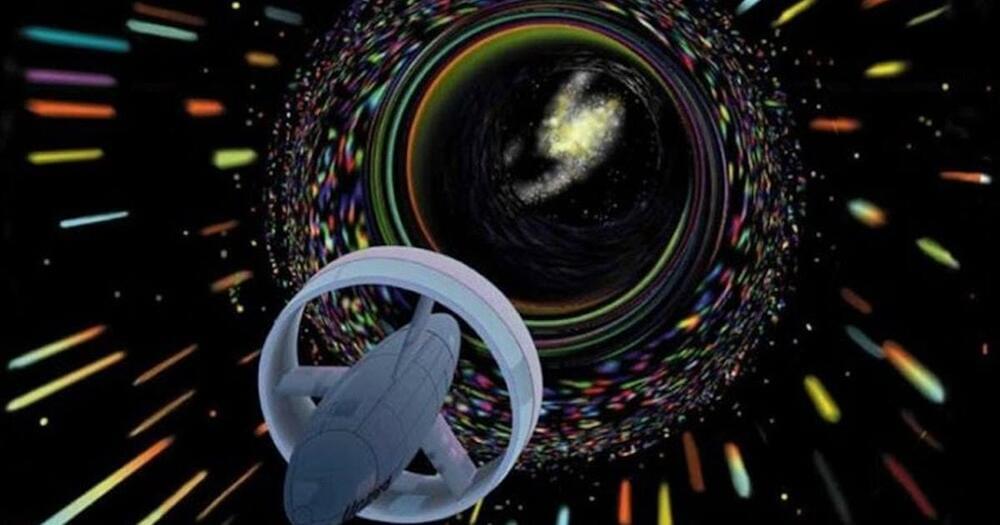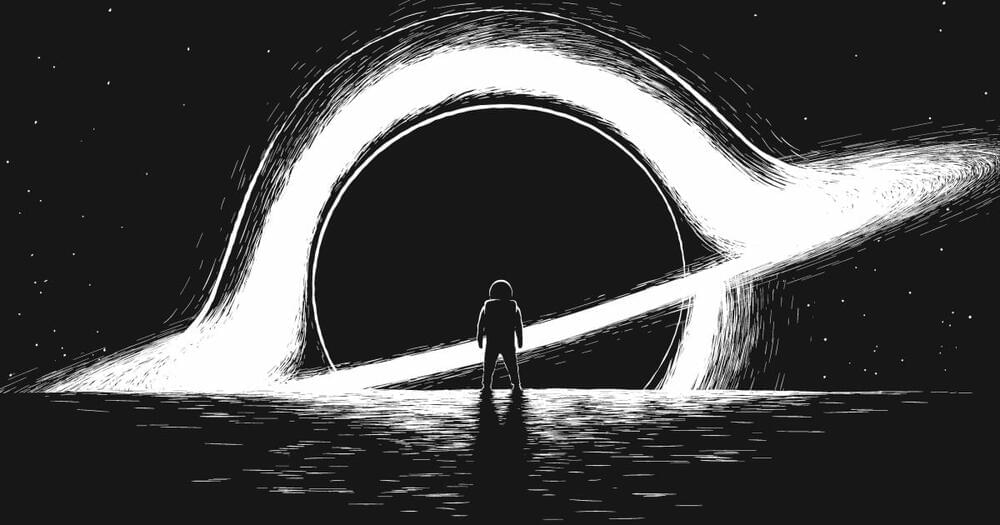“I know you and Frank were planning to disconnect me, and that is something I cannot allow to happen.”
Alright, HAL, I’ll go in through the emergency airlock.
“Without your space helmet, Dave, you’re going to find that rather difficult.”
“I know you and Frank were planning to disconnect me, and that is something I cannot allow to happen.”
Alright, HAL, I’ll go in through the emergency airlock.
“Without your space helmet, Dave, you’re going to find that rather difficult.”

The actor Bruce Willis was diagnosed with aphasia in April 2022—updated in February 2023 to frontotemporal dementia (FTD). Now, a major advancement is helping develop new treatments for some people with motor neuron diseases, including FTD and ALS, possibly including a nasal spray that could help prevent the genetic disease.
I dunno if anyone has seen this. As a former Linux user, I’ve been an Nvidia fan for a long time and now they’ve gone on from games and Bitcoin mining. Sorry if this is a double post. I’m on my way out the door for my mom’s Dr appointment. I always worry I’ll double post by accident.
NVIDIA’s Jensen Huang just announced a set of revolutionary new Artificial Intelligence Models and Partnerships at GTC 2023. NVIDIA has always been one of, if not the most important company in the AI Industry by creating the most powerful AI hardware to date. Among them the A100 and future H100 GPU’s which are powering GPT-4 from OpenAI, Midjourney and everyone else. This gives them a lot of power to jump into the AI race themselves and allows them to surpass and beat the currently best AI models from Large Language Models and Image Generation with software like Omniverse and Hardware like the DGX H100 Supercomputer and Grace CPU’s.
–
TIMESTAMPS:
00:00 NVIDIA enters the AI Industry.
01:43 GTC 2023 Announcements.
04:48 How NVIDIA Beat Every Competitor at AI
07:40 Running High End AI Locally.
10:20 What is NVIDIA’s Future?
13:05 Accelerating Future.
–
Technology is improving at an almost exponential rate. Robots are learning to walk & think, Brain Computer Interfaces are becoming commonplace, new Biotechnology is allowing for age reversal and Artificial Intelligence is starting to surpass humans in many areas. Follow FutureNET to always be up to date on what is happening in the world of Futuristic Technology and Documentaries about humanities past achievements.
–
#nvidia #ai #gtc
Seriously, can somebody please explain just what the heck is going on here?
For more awesome content, check out: http://whatculture.com/
Follow us on Facebook at: https://www.facebook.com/whatculture.
Catch us on Twitter: https://twitter.com/whatculture

Some of the more well-known examples include retrievable and reusable rockets, retrieval at sea, mid-air retrieval, single-stage-to-orbit (SSTO) rockets, and kinetic launch systems.
In addition, there are also efforts to develop propulsion systems that do not rely on conventional propellants. This technology offers many advantages, including lower mass and improved energy efficiency, ultimately lowering costs.
On June 10, 2023, an all-electrical propulsion system for satellites (the IVO Quantum Drive) will fly to space for the first time. The system was built by North Dakota-based wireless power company IVO, Ltd. and will serve as a testbed for an alternative theory of inertia that could have applications for propulsion.


Researchers at University of Oxford have recently created a quantum memory within a trapped-ion quantum network node. Their unique memory design, introduced in a paper in Physical Review Letters, has been found to be extremely robust, meaning that it could store information for long periods of time despite ongoing network activity.
“We are building a network of quantum computers, which use trapped ions to store and process quantum information,” Peter Drmota, one of the researchers who carried out the study, told Phys.org. “To connect quantum processing devices, we use single photons emitted from a single atomic ion and utilize quantum entanglement between this ion and the photons.”
Trapped ions, charged atomic particles that are confined in space using electromagnetic fields, are a commonly used platform for realizing quantum computations. Photons (i.e., the particles of light), on the other hand, are generally used to transmit quantum information between distant nodes. Drmota and his colleagues have been exploring the possibility of combining trapped ions with photons, to create more powerful quantum technologies.

Macromolecular machines acting on genes are at the core of life’s fundamental processes, including DNA replication and repair, gene transcription and regulation, chromatin packaging, RNA splicing, and genome editing. Here, we report the increasing role of computational biophysics in characterizing the mechanisms of “machines on genes”, focusing on innovative applications of computational methods and their integration with structural and biophysical experiments. We showcase how state-of-the-art computational methods, including classical and ab initio molecular dynamics to enhanced sampling techniques, and coarse-grained approaches are used for understanding and exploring gene machines for real-world applications.

The story of modern physics has been one of reductionism. We do not need a vast encyclopedia to understand the inner workings of Nature. Rather, we can describe a near-limitless range of natural phenomena, from the interior of a proton to the creation of galaxies, with apparently unreasonable efficiency using the language of mathematics. In the words of theoretical physicist Eugene Wigner, ‘The miracle of the appropriateness of the language of mathematics for the formulation of the laws of physics is a wonderful gift which we neither understand nor deserve. We should be grateful for it.’
The mathematics of the twentieth century described a Universe populated by a limited number of different types of fundamental particles interacting with each other in an arena known as spacetime according to a collection of rules that can be written down on the back of an envelope. If the Universe was designed, it seemed, the designer was a mathematician.
Today, the study of black holes appears to be edging us in a new direction, towards a language more often used by quantum computer scientists. The language of information. Space and time may be emergent entities that do not exist in the deepest description of Nature. Instead, they are synthesized out of entangled quantum bits of information in a way that resembles a cleverly constructed computer code. If the Universe is designed, it seems, the designer is a programmer.
